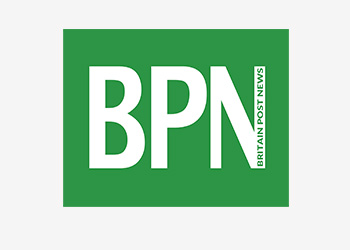Initial Coin Offerings: The Future of the Future of Finance


The question of whether the blockchain will end up as nothing or everything continues to be asked with no definitive answer. With the price of Bitcoin bouncing around, and the mass media moving on from breathlessly covering the issue, it may look like the revolution has stalled.
Initial coin offerings (ICOs) are a good lens through which we can view the issues challenging regulators and market participants. ICOs are digital tokens, typically based on the blockchain technology underlying Bitcoins functionally similar but more versatile cousin Ethereum.
ICOs typically function as a “smart contract” application layer — essentially a small piece of code prescribing certain rules governing the ICOs existence — on top of an existing blockchain network. Entrepreneurs sell these ICOs to investors in exchange for cryptocurrency, typically Bitcoin or Ether, as these are the most liquid cryptocurrencies.
To-date, ICOs have typically not conferred any rights or claims against assets or revenues, as is the case with traditional debt or equity securities. In his article “Initial Coin Offerings: The Top 25 Jurisdictions and Their Comparative Regulatory Responses,” Wulf Kaal describes the motivation behind ICOs, which “allow promoters to avoid sacrificing equity for financing.”
Because ICOs offer no interest or principal repayment, his description implies that ICOs are something closer to a speculative donation rather than an investment. At this point, a tech optimist would say that investors are paying to come along for the ride, while a tech cynic might say they are being taken for one.
SAFT, But Not SAFE
The initial ICO concept of hiding behind technology to avoid regulation is coming to an end. Matt Levines article, “Crypto Offerings Slowly Grow Up,” provides more on what has happened.
Essentially, by trying to operate outside the scope of any regulators, what ICOs have paradoxically achieved is to attract the attention of all regulators, even ones only tangentially related to capital formation.
An example of this is seen in the US Treasury Financial Crime Enforcement Networks recent statement. It considers developers issuing ICOs to be operating as money transmitters who must comply with anti-money-laundering and anti-terrorism regulations.
Levine notes that because a company issuing stock would not be considered by anyone to be operating a money transmission business, this would make ICOs more regulated than IPOs.
Some ICOs have sought to tread a kind-of middle ground, through the use of the Simple Agreement for Future Tokens (SAFT) framework, inspired by the venture capital worlds convertible-note innovation: the Simple Agreement for Equity (SAFE).
The SAFT structure sees an issuer typically offering coupons to accredited investors using a private placement for the subsequent purchase of tokens to be issued publicly in an ICO once the product or service has been developed. Clearly, coupons that can only be traded among accredited investors in perpetuity are not likely to be useful to build a network.
For this reason, the SAFT converts these securities into non-security utility tokens during the ICO once the service is up and running. In this way, the coupons serve to separate the venture capital/speculative phase of the ICO from the subsequent use-case phase of the ICO.
The US SEC has issued dozens of subpoenas to ICO issuers in the last year, possibly in relation to misuse of the SAFT structure, whereby the public utility token ICO is launched immediately after the presale, allowing near-immediate secondary trading of tokens in contravention of the intent of the SAFT structure.
It has been noted many times, including by CFA Institute, that most financial problems are caused by unethical human behaviour and are not going to be solved by technology. With the writing on the wall for laissez faire ICOs, the important questions shift to how they will be regulated.
CFA Institute is interested in the issues surrounding capital formation, particularly given the secular decline in the number of IPOs and listed companies in the last 10 years. ICOs are an interesting new approach that simultaneously solve some challenges to capital formation while raising new issues for regulators and market structure.
With the crowdfunding industry struggling to make an impression after years of hype, it will be interesting to see whether ICOs can leave behind their speculative origins and turn into a more durable tool for capital allocation.
If you liked this post, consider subscribing to Market Integrity Insights.
[contf] [contfnew] 
CityAM
[contfnewc] [contfnewc]


